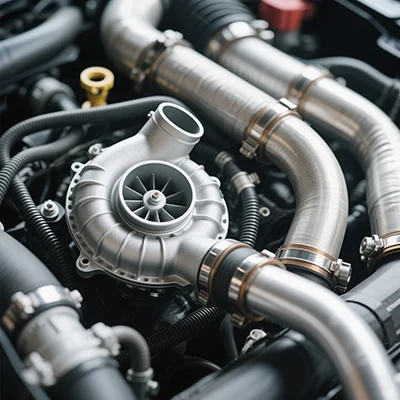In the world of printing, the choice of paper can significantly influence the quality and durability of the final output. While it’s common knowledge that different printers utilize distinct technologies—inkjet printers spray liquid ink onto paper, while laser printers use heat to fuse powdered toner—less understood is the impact of using inkjet paper in a laser printer. This article delves into the implications of printing laser on inkjet paper, exploring the technical, aesthetic, and practical aspects of this compatibility issue.
Understanding the Basics: Inkjet vs. Laser Printing
Before we dive into the consequences of using inkjet paper in a laser printer, it's essential to understand the fundamental differences between the two printing technologies. Inkjet printers are designed to handle a variety of paper types, including glossy, matte, and specialty papers, which absorb liquid ink effectively. In contrast, laser printers are optimized for specific paper types that can withstand the high temperatures generated during the fusing process.
Inkjet paper is typically coated to enhance ink absorption and prevent smudging, making it ideal for inkjet printing. However, this coating can pose challenges when subjected to the heat and pressure of a laser printer.
The Consequences of Printing Laser on Inkjet Paper
- Print Quality Issues: One of the most immediate effects of using inkjet paper in a laser printer is compromised print quality. The coating on inkjet paper may not allow the toner to adhere properly, leading to poor image resolution, uneven color distribution, and potential smudging. Users may notice that text appears faded or that images lack sharpness and vibrancy.
- Paper Curling and Warping: Inkjet paper is generally thinner and more flexible than the heavier stock typically used for laser printing. When exposed to the high temperatures of a laser printer, inkjet paper can curl or warp, resulting in feeding issues and potential jams. This not only disrupts the printing process but can also damage the printer over time.
- Toner Adhesion Problems: The heat used in laser printing is intended to melt the toner and bond it to the paper. However, the coating on inkjet paper may not withstand this heat, leading to inadequate adhesion. As a result, prints may flake off or smudge easily, especially if exposed to moisture or friction.
- Longevity and Durability: Prints produced on inkjet paper using a laser printer may lack the longevity associated with traditional laser printing. The toner may not bond effectively, leading to prints that fade or deteriorate more quickly than those produced on appropriate laser paper. This can be particularly problematic for documents that require archival quality or long-term storage.
Practical Considerations for Users
Given the potential drawbacks of printing laser on inkjet paper, users should consider the following practical tips:
- Choose the Right Paper: For optimal results, always use paper specifically designed for laser printers. This ensures proper toner adhesion and minimizes the risk of paper jams or print quality issues.
- Test Before Committing: If you must use inkjet paper for a laser printer, conduct a test print first. This allows you to assess the print quality and determine if the paper can handle the laser printing process without significant issues.
- Monitor Printer Performance: If you frequently print on inkjet paper with a laser printer, keep an eye on your printer’s performance. Look for signs of wear or damage, and be prepared to perform maintenance or repairs if necessary.
Conclusion: The Importance of Paper Compatibility
In conclusion, while it may be tempting to use inkjet paper in a laser printer due to convenience or availability, the potential consequences can outweigh the benefits. From compromised print quality to durability concerns, the incompatibility of these two mediums can lead to frustration and wasted resources. By understanding the nuances of printing technology and making informed choices about paper selection, users can achieve the best possible results in their printing endeavors. Always remember: the right paper can make all the difference in the world of printing.
